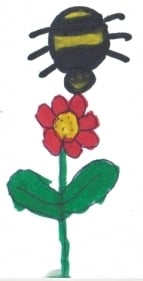A Study on the Spontaneous Representation of Animals in Young Children’s Drawings of Plant Life
Abstract
Share and Cite
Villarroel, J.D.; Antón, A.; Zuazagoitia, D.; Nuño, T. A Study on the Spontaneous Representation of Animals in Young Children’s Drawings of Plant Life. Sustainability 2018, 10, 1000. https://doi.org/10.3390/su10041000
Villarroel JD, Antón A, Zuazagoitia D, Nuño T. A Study on the Spontaneous Representation of Animals in Young Children’s Drawings of Plant Life. Sustainability. 2018; 10(4):1000. https://doi.org/10.3390/su10041000
Chicago/Turabian StyleVillarroel, José Domingo, Alvaro Antón, Daniel Zuazagoitia, and Teresa Nuño. 2018. "A Study on the Spontaneous Representation of Animals in Young Children’s Drawings of Plant Life" Sustainability 10, no. 4: 1000. https://doi.org/10.3390/su10041000
APA StyleVillarroel, J. D., Antón, A., Zuazagoitia, D., & Nuño, T. (2018). A Study on the Spontaneous Representation of Animals in Young Children’s Drawings of Plant Life. Sustainability, 10(4), 1000. https://doi.org/10.3390/su10041000





